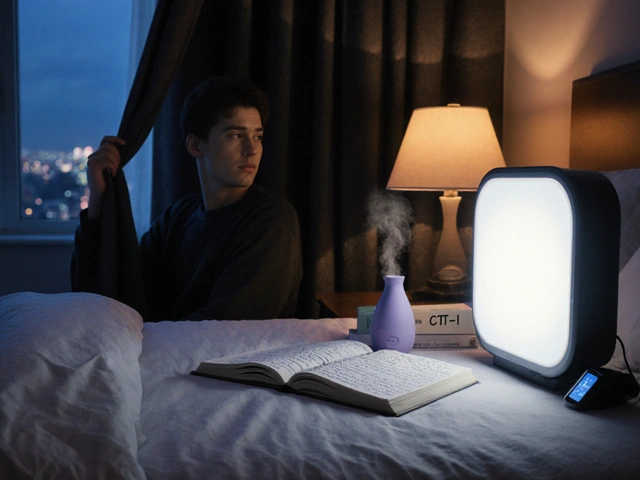Inhalers: Types, How to Use Them Correctly, and Quick Troubleshooting
Missing your inhaler can ruin your day — and poor technique can make it almost useless. This short guide tells you what kind of inhaler you might have, how to use it properly, simple maintenance tips, and what to do when things go wrong.
Start by knowing the type. Rescue inhalers deliver quick bronchodilation (albuterol or similar) and stop wheeze fast. Controller inhalers contain inhaled steroids or long-acting bronchodilators; you use them daily to prevent attacks. There are metered-dose inhalers (MDIs) that spray medicine, dry powder inhalers (DPIs) that release powder when you inhale, and nebulizers that turn liquid medicine into a mist. Each needs a slightly different technique.
Using an MDI: shake the canister, breathe out fully, place the mouthpiece between your teeth and seal your lips, start a slow deep breath and press the canister once, keep breathing in slowly and hold your breath for about ten seconds. If you can’t coordinate press and inhale, use a spacer — it makes delivery easier and reduces drug on your throat.
Using a DPI: load the dose per the device instructions, exhale away from the mouthpiece, bite the mouthpiece and inhale hard and fast, then hold your breath for ten seconds. Don’t exhale into the device or it can clog.
Care, checks and simple fixes
Maintenance and checks are quick but matter. Look at the dose counter or shake and test if no counter exists. Clean the mouthpiece weekly with warm water and let it air dry. Replace spacers every year or per manufacturer advice. Rinse and spit after steroid inhalers to cut the risk of oral thrush and hoarseness.
Common problems and fixes: If you still wheeze after using a rescue inhaler, check your technique first, then repeat per instructions. If symptoms don’t improve, call emergency services. If your inhaler tastes weak or sprays less, the dose may be low or the device clogged — check the counter, clean it, or get a replacement. Never share inhalers.
Shortages happen. If your albuterol inhaler is unavailable, ask your clinician about alternatives: other short-acting bronchodilators, nebulized treatments, or temporary compounding options at a pharmacy. Don’t switch brands without guidance; dose and technique can differ.
When to call your doctor: increased need for rescue inhaler (more than twice a week for symptoms), waking at night with breathlessness, frequent steroid refills, or any time your rescue inhaler fails to relieve symptoms. Your pharmacist can help with device tips and storage advice.
Quick checklist before you leave home
Grab your inhaler, spacer if needed, and a spare in your bag. Check the dose counter. Take your controller as scheduled. If you have an action plan, follow it. Note any increased symptoms and call your clinic if rescue inhaler use rises or you feel less alert while breathing.
Georgea Michelle, Oct, 21 2024
Top Asthma and COPD Medication Alternatives to Symbicort in 2024
Choosing the right medication for asthma or COPD is crucial for effective management. This article explores six viable alternatives to Symbicort, each with its own unique combination of active ingredients and benefits. From Advair to Breyna, discover which medications fit your health needs and lifestyle preferences best. We break down the pros and cons of each option to help informed decisions. Ideal for patients and healthcare providers looking for effective treatments in 2024.
View More





